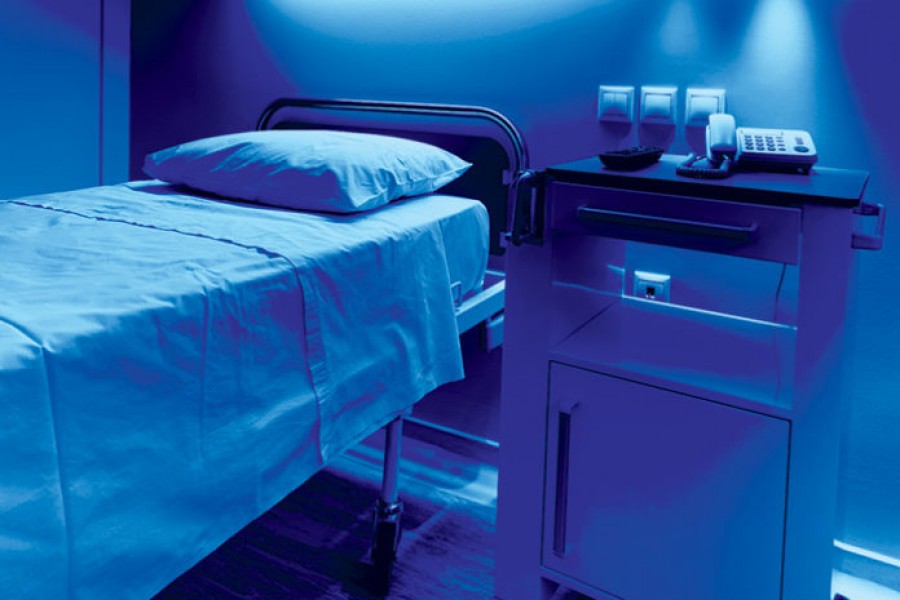An international research team suggests the use of ultraviolet light indoors to reduce the transmission of coronavirus, the northern Israel Institute of Technology (Technion) said on Tuesday.
The recommendation is included in a study published in the journal ACS Nano, written by researchers from the Technion, the University of Southampton in Britain, and three institutions in Spain.
According to the Technion, this solution meets the requirements of fast, scalable, and affordable implementation to fulfill the needs of disinfecting workspaces, such as offices, schools, healthcare facilities, and public transportation.
Studies suggest that virus transmission indoors is much higher than outdoors, but possible solutions of filters and chemicals may be costly and time-consuming.
In addition, some chemicals effective for virus disinfection, such as ozone, can be harmful if misused.
To deal with these challenges, the international team, which included experts on virology, immunology, aerosols, architecture and physics studied various methods to prevent the virus propagation indoors.
Thus, the team investigated available short-wavelength ultraviolet C (UVC) sources, such as fluorescent lamps, microcavity plasmas, and LEDs.
They concluded that applying such light to the interior of the ventilation systems of buildings and shared indoor spaces while not in use makes it possible to quickly and efficiently deactivate both airborne and surface-deposited coronavirus.
"This measure is particularly efficient, easily deployable, and economically affordable," the researchers said.
The team also explored the cost of deploying such a technology and concluded that a global capital investment of a few billion US dollars in UVC sources could protect more than a billion indoor workers worldwide.


